Bric-a-Brac 42
Designer Nikki Kule’s packing tips, a deep dive into the Azores, and a design-focused Dispatch from São Paulo
HOW I PACK
By Nikki Kule
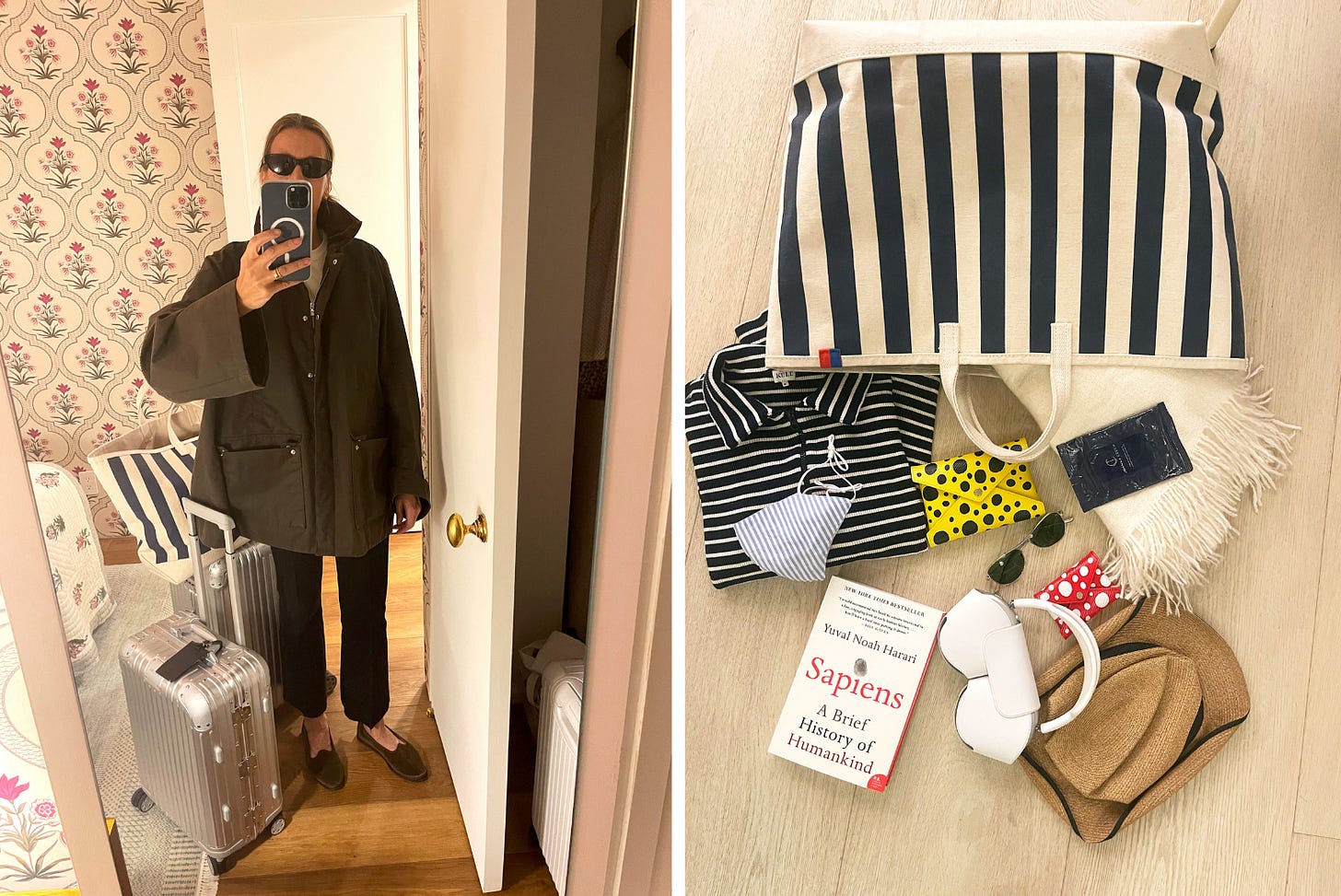
Nikki’s eponymous fashion brand Kule is the perfect synthesis of uptown-downtown NYC—classic pieces with a a playful, often colorful twist. I met her through my close friend and Yolo contributor Dewey Nicks, and I’m so happy that she agreed to share her pro packing tips here–I’m copying her workout gear solution immediately! -Y.E.
Go-to luggage?
My favorite suitcase is the RIMOWA Trunk luggage, which I do check. I used to compete with myself to see if I could live off of a carry-on. I love to shop when I travel, so this never works out for me. I now know myself well enough to know that I need to check a suitcase.
How do you approach the basics?
Packing is hard. It takes time. I have to think about how many days I’ll be away and try to bring ½ basics and ½ fun, so that I’m still inspired and excited to get dressed. I usually pack a little more within a color story when traveling to cities. When it’s a beach vacation, I pack fun patterns, prints (stripes) and some basics. On the plane, I like to look put together. I usually wear layers. I love to wear versatile and super comfortable pants, usually with stretch—I love the new brand High Sport, which are perfect for traveling.
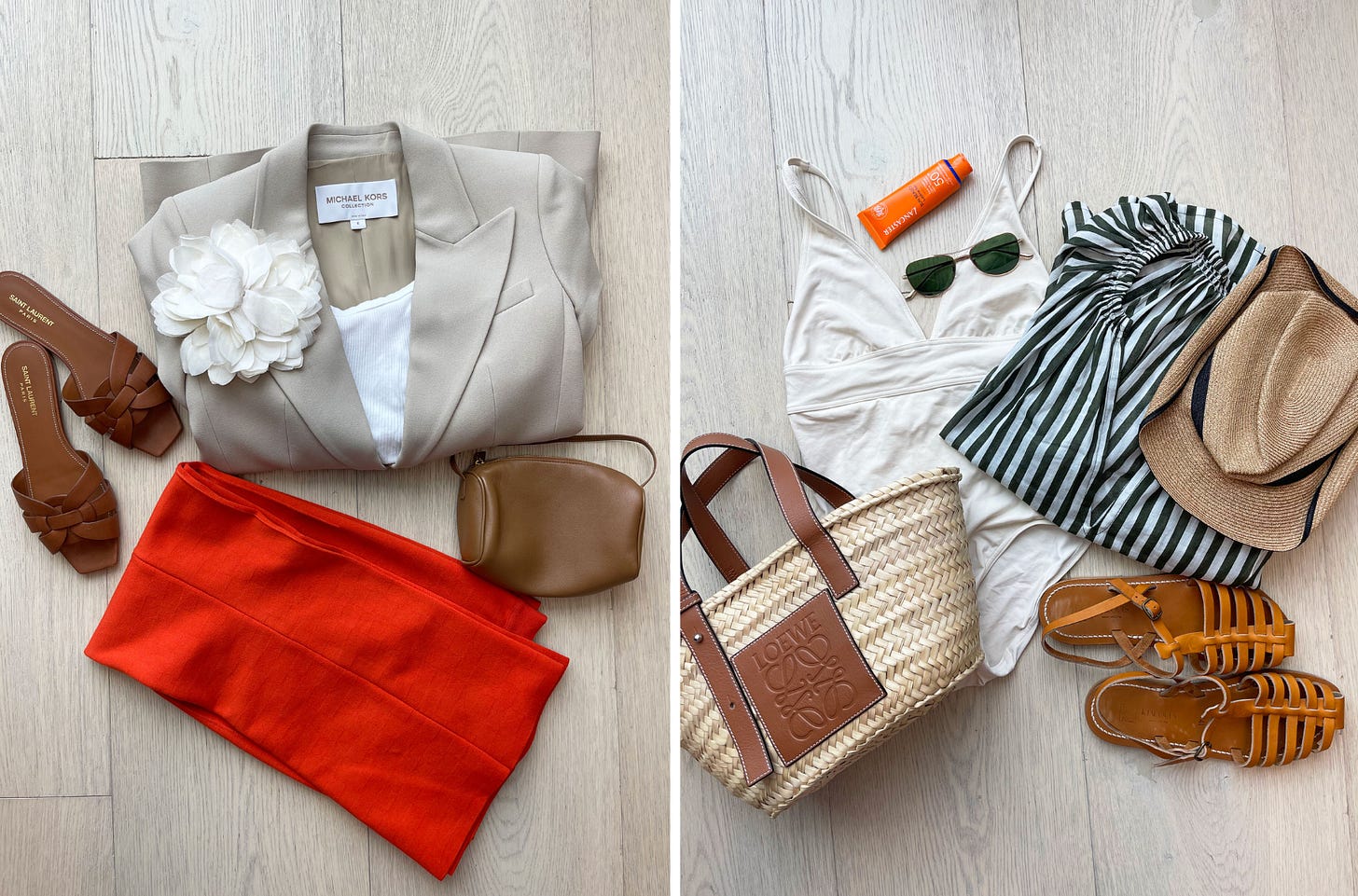
Are you a roller or a folder?
I’m a half and half. I roll to fill the grooves of the luggage so that I create a flat surface. It’s really like baking a cake.
Any other packing tricks or hacks?
In summer, I can fit a lot more. When packing for colder situations, I have to choose a couple of sweaters and make sure those items could work together with other things. It’s such a science. I love blazers that you can wear as jackets. I try not to pack too many shoes. I try to limit them, because they take up so much room. I would rather have fun clothes than fun shoes. My biggest issue is that I love to run when I travel, so I always have the dilemma of workout gear (running shoes). I strive to find the lightest workout clothes. I’m obsessed with Tracksmith—they make the lightest jacket ever—it could fit in my wallet. And I cannot skimp on the sneakers—I wear these from Brook’s Running, and I have been wearing Brooks for years.
What’s your shoe strategy?
I love K. Jacques sandals for warm weather—they pack completely flat, are super comfortable, and are versatile but not boring. For colder locations, I pack a pair of loafers and a nice pair of sneakers, like my Spalwarts.
How do you think about accessories?
I’m not really an accessories person, so I don’t have to think about it too much :). I do love a black or white flower pin to take a blazer into the evening.
Do you have a great travel hat?
Yes, I do! I have this hat that was given to me as a gift by Michael Kors and Lance LePere. It’s a raffia hat that completely flattens. It’s genius.
What’s always in your Dopp kit/toiletry bag?
I’m not a huge product person, but I always use Shiseido sunscreen moisturizer with SPF. I stocked up on eBay because it’s discontinued now! I also love the Barbara Sturm face wash and the glow drops. I love to travel with makeup-removing wipes for quick refreshment throughout the trip. I use them on my face on the airplane so that I land feeling refreshed. I’m careful not to buy makeup with glass/heavy packaging. Pro-tip: get those samples at the counter!
On a plane, what essentials does your carry-on bag always contain?
Face wipes—Joanna Czech makeup removing wipes. I always like to bring my favorite Kule cozy socks and the Apple AirPods Max wireless headphones, and I load up my iPad with tons of good TV shows, movies, and music. I am also always on the plane with Benadryl—you never know if you’ll need it (it’s happened before!).
Any wisdom on traveling with electronics?
The chargers are getting harder and harder. With so many different Apple chargers, they’re no longer using USB, so you have to carry all the extras just in case. I keep them consolidated in a striped Baggu bag.
YOU ASKED FOR IT!
We promised to answer your travel questions in upcoming newsletters, so here you go!
I have some questions about travel to the Azores: what hotels do you recommend, which islands do you recommend visiting (all of them? just one or two?), and can you suggest travel agents who are knowledgeable about travel there? —Susan Hawk
Around the time this question came in, we heard from Yolo contributor Annie Oakley Waterman, founder of AOW Handmade, who’d just returned from a trip to São Miguel in the Azores, so we asked for her take! Following her advice, a Portugal travel specialist shares his intel on how best to spend a week in the islands.
“This past December my partner and I ventured to São Miguel, the biggest island in the Portuguese Azores archipelago. Known for its stunning volcanic scenery, incredible marine life and unique culinary heritage, it felt to me like a cross between the rural farms of Vermont and the verdant jungles of Costa Rica.
A highlight for us was spending four days in the Furnas Valley, home to one of the highest concentrations of hot springs anywhere in Europe. We stayed at Octant, a boutique hotel that’s perfectly situated within its volcanic surroundings. Each day we hiked for hours, leaving right from the hotel and ending with a dip in a gorgeous hot spring. Terra Nostra Park—full of warm hot spring rivers—has one of the most spectacular gardens I’ve seen, rain or shine. Some of the plants there were imported centuries ago but are now among the oldest plants in the world. It’s also in Furnas where you can try the famous Cozido das Furnas, a traditional meat stew simmered in a large pot buried beneath the soil of a geothermal hole.
A short drive from Furnas, you can visit Gorreana tea plantation, where you can enjoy a short walk around the properties and, of course, a tasting. Just down the road from Gorreana, you'll find the Porto Formoso Tea Factory, which is also worth a visit. These are the only two tea plantations that remain in Europe.
Food lovers must also look out for the local cheeses, wine from the nearby island of Pico, São Miguel’s bolo lêvedo (mini, English-muffin-style bread), tuna steaks, and local sweets. We had a standout meal at O Americo de Barbosa in Mosteiros, a charming seaside village. Be sure to try the slowly stewed octopus in red wine, as well as limpets, a local shellfish cooked in garlic, olive oil, herbs and butter. Another favorite was Bar Couloura, a memorable seaside spot where you can enjoy a nice plate of fish by the sea before wandering through the charming village.
For a true farmer’s market experience, visit the Agricola Sant Anna market, where locals are selling everything from cows and birds to local cheese, produce and basketry. The restaurant nearby is also famous for their local beef.
Craft lovers will want to stop into a shop called Azores in a Box in Ponta Delgada as a way to see the diversity of the island’s craft. Their baskets and ceramics particularly stood out to me. Ask the owner to help create your itinerary to connect personally with local artists. There is a lot of craft throughout the island, but you’ll want to prepare meetings in advance so the artists can plan to receive you in their home workshops. For more info about crafts on the island, visit this site. While in Ponta Delgada, be sure to visit the Azorean Pineapple Plantation to explore the traditional greenhouses where Azorean pineapples have been cultivated for more than 150 years. Tasting is a must.
Cerâmica Vieira, the only ceramic manufacturer on the island, is also well worth a visit. Founded in 1862, it has remained in the same location for over 150 years, still owned and operated by the same family. Close by, you can also visit the Plantação de Ananás dos Açores, where you can taste the renowned local pineapples, known for their intensely sweet flavor of which the island is proud.
Eco-friendly hotels are popping up on the island and they are an experience in and of themselves, including Octant Furnas, Santa Barbara Eco Beach Resort and Sensi Hotel and Spa.
They say the weather in São Miguel changes every five minutes. For those willing to dress (and redress) for any possibility, you’re sure to enjoy this magical island. It’s a place unlike any other that will keep your senses open wide with intrigue. It’s perfect for nature lovers, adventurers, and hikers – those who love to get outside, rain or shine.
Lastly, if you’re looking to connect with locals who can give you additional insight regarding local spots on the island, reach out to my dear friends Kirsten and Brandon Dickerson, who know a lot of good people/interesting places on the island!”
Annie O. Waterman is the founder of AOW Handmade, which links artisanal producers to global markets. In previous newsletters, Annie has shared her travels through Spain, Normandy, the Algarve and Northern Portugal with YOLO, and written about the best artisanal shops in Madrid, Paris, and Lisbon.
For more context on how to tackle the islands, we asked Portugal specialist Gonçalo Correia, who lives in Lisbon and organizes travel around the Alentejo, Douro Valley, the Azores, etc. He says:
“The Azores are composed of 9 islands, divided into 3 main groups: Central, Eastern and Western. The islands of the Western Group are tiny and normally not very interesting for tourism, as they are also very hard to reach by plane and subject to huge weather changes. The Eastern group includes São Miguel, the main island, which is perfect for around 5 days (not more); the central group is ideal for those who have more than 1 week and wish to explore different aspects of the Azores: strenuous hiking and climbing to Pico (tallest mountain in Portugal); whale watching and water activities in Faial; cheese production in São Jorge.
For those looking for 7-10 days in the Azores, the ideal combination would always be spending the first 5 days on the main island of São Miguel. While here, I would strongly suggest spending the first days in Furnas, the easternmost part of the island, where the volcanic activity is still visible in the form of hot springs. The ideal stay here is at the charming Octant, ideally located within walking distance of the hot springs, en route from the Furnas area to Ponta Delgada, the capital. Explore the Lagoa de Sete Cidades on a 4x4; then spend the next 2 nights in Ponta Delgada in a centrally located hotel in the city and take a foodie walking tour. Reaching the central group would be only accomplished by plane (although ferries exist, they are VERY time-consuming). The ideal location would be on the island of Faial and using the ferries to reach the other islands and do day trips.
Springtime is the best time of year to go! Avoid the month of August (huge crowds of immigrants coming back to visit their families), and November, January and February are very unstable as rain is very frequent and may impact moving from island to island.”
You can contact Gonçalo through his website or by email: goncalo.correia@toursforyou.pt
Have a travel question? Leave it in the comments (don’t DM us on Instagram, please!) and we’ll do our best to answer yours!
DISPATCH FROM… SÃO PAULO
We’ve never been to Brazil’s sprawling financial capital known for its Modernist architecture, but when cultural consultant Rab Messina (who-once interned with us at Cookie mag!) told us she’d recently been there on a design-focused binge, we wanted to know how she did it.
By Rab Messina
If there’s one thing the world has learned from the recent presidential elections in Brazil—where a surprisingly narrow runoff between leftist Lula and Trumpian Jair Bolsonaro gave the former a ticket back to the Planalto Palace—it’s that the country is not a monolith. You could paint Rio de Janeiro as a haven of chill, a Southern California of sorts, while Goiás is more Texas-like. And São Paulo, a beast of nearly 13 million people? I’ve said the same thing for the 15 years I’ve been visiting the city: Sampa is like New York City, but better…because instead of New Yorkers, it’s full of Brazilians. But just like NYC, productivity is the name of the game: Paulistas (those who hail from the state of São Paulo) and Paulistanos (those born in the state’s capital, also named São Paulo) often joke that São Paulo works so the rest of Brazil can play —the state, the richest in the nation, is the financial engine of the country, producing 32 percent of its GDP all by itself.
And it’s huge. While Rio is known as the cidade maravilhosa, or marvelous city, Sampa is known as the cidade infinita. Go up to one of the city’s many mirantes—a rooftop obsession in a metropolis full of skyscrapers—and you’ll find concrete, asphalt and brick as far as the eye can see. Those skyscrapers house most of the businesses responsible for that 32 percent. Now, where do those reais go? Well, for starters: a local law provides generous fiscal incentives for companies that create museums and cultural centers. Therefore, you can throw a black credit card from a mirante and it will hit 20 cultural centers on its way down.
As a former design editor and now a curator of material culture, I had access to a long list of must-visit locations and a group of local designers who happily helped me expand it. But unlike previous trips, I decided to inoculate myself against the paradox of choice: armed with Google Maps and the ability to search for the exact opening times for each location, I went Beast Mode. It was a game of divide and conquer: as the city is astonishingly vast and so dense with cultural offerings, I’d set on a perimeter each day, thus minimizing travel and optimizing my time. The result? I do believe I saw more each dawn-to-dark than most people get to see in a week. Forget a list ordered by category, because I found it far more productive to arrange each day’s schedule by neighborhood or area. How Paulistana of me, this cutthroat efficiency.
A BURLE MARX GARDEN IN JARDINS
As the city’s upper class started to leave the city center in the early 20th century in search of more room to breathe, the neighborhood of Jardins received them. As the name implies, it provided large gardens to its privileged inhabitants, as designed by two English urban planners. Those splendid mansions of yore still stand, and some have been turned into businesses, gigantic hair salons and —you guessed it— museums. One of them is still preserved nearly as its owner intended: the Ema Klabin Cultural Center displays its namesake’s eclectic collection of art from all over the world, from Ming Dynasty earthenware to Afro-Brazilian material culture and modernist paintings. The late Klabin, a great patron of the arts, commissioned a deceptively orderly garden from star landscape designer Robert Burle Marx —still kept today as it was.
Right across from the house-museum is Pritzker Prize winner Paulo Mendes da Rocha’s Museu Brasileiro da Escultura e Ecologia; calling this brutalist behemoth of baffling horizontal scale a sculpture garden would not do it justice. Just know that some 30 years ago this lot was supposed to become a shopping mall, but the wealthy denizens of Jardins put their feet down and asked for a public square instead. Next to it is the Museu da Imagem e do Som, with its inventive display of exhibition design —the name, which translates to “museum of image and sound,” provides a hint as to why. A few blocks away is a delightful museum focused on Brazilian furniture design… but known by many locals as the home of Capim Santo, a restaurant worth standing in line for. Now, visitors must pay the price of admission to the Museu da Casa Brasileira in order to enjoy chef Morena Leite’s fantastic northeastern-inspired fare, which means many accidental museumgoers end up visiting exhibitions featuring the likes of the Campana Brothers, Sergio Rodrigues and Jorge Zalszupin while they wait. Whatever you do, pretend you didn’t see those containers of sweetgrass brigadeiro on your way out via the restaurant shop. Brigadeiros are tiny balls made of condensed milk and chocolate; these things are 200 grams worth of Morena Leite’s uniquely balanced reinterpretation of that everyday dessert. Don’t do it. Don’t.
PARK LIFE
Hop in a car and head to nearby Ibirapuera, a park large enough to live up to São Paulo’s scale. Skip the cyclists and the runners and the coconut water carts —actually, don’t miss the chance to try it fresh out of the fruit— and head to any of the cultural centers designed by the great Oscar Niemeyer. The Oca and the Planetário might or might not be alien ships built out of concrete, while the Auditório looks like a literal, gigantic tongue in cheek and the Bienal de São Paulo building’s sinuous interior platforms resemble Fiat’s Lingotto on ayahuasca. While the Museu da Arte Moderna is worth a quick visit, do reserve a few hours for one of the city’s gutsiest (and most gut-punching) museums, the Afro-Brasil: no words are minced in this examination of the hardships, the impact and the beauty of the country’s Black population.
SECURE THE (COFFEE) BAG
Rio de Janeiro might have been the country’s capital and its economic heart for a long while, but then São Paulo struck black gold: coffee. Back in the late 19th century, Sampa was Brazil’s ninth largest city, but as its valleys and mountains saw a surge in European immigrants —roughly four million of them—, they started filling up with those red little fruits. First came freight trains, then came the mansions and the skyscrapers. Today, the old city center —straightforwardly called just Centro— bears the tall Art Déco witnesses of that boom. The Farol Santander, at one time one of South America’s tallest buildings, houses 35 floors worth of offices from its current namesake occupant, a bank. Except not: nearly half of the building is actually devoted to its cultural center, accessible on a downward path via elevator. There’s a mirante up top, of course, an indoor skate park and a constantly surprising mix of exhibitions, from family-friendly blockbusters to que-que-é-isso-inducing selections. Oh, and the espresso over at the rooftop café certainly lives up to the city’s history. Other financial institutions with multi-floor exhibition spaces —a response to their vertical nature— in the Centro include the consistently thoughtful Centro Cultural Banco do Brasil and the Caixa Cultural São Paulo. A few steps away from the former is a great place for lunch: live music and a beans-and-rice-aplenty menu at Casa de Francisca, a musical instrument shop turned hit hospitality spot. Niemeyer’s immense Copan Building is nearby —with a mirante!— but try to head the neighborhood’s SESC—pronounced sehs-key, it’s the most magical word you’ll learn in Portuguese. The SESC is a network of cultural centers funded by a private sector alliance; they provide anything from subsidized dance classes, advanced craft workshops and healthcare, to live music shows from both local and international performers and an insanely well-researched exhibition program. Did you know there’s a mirante on the 14th floor of the SESC 24 de Maio?
LINA’S CITY
The most recognizable SESC of them all might be the one in the Pompéia neighborhood: revered Italian-Brazilian architect Lina Bo Bardi —she of MASP fame— turned a former metal barrel factory into one of the most visually intriguing cultural compounds in the continent. Her house in the southern neighborhood of Morumbi has been pristinely preserved and certainly deserves a visit (or many repeat ones), even considering its distance from the beating heart of the city. Since you’re already down there—sweet Xuxa, São Paulo is truly endless—head to the nearby Capela do Morumbi, a former chapel turned museum by the local government, or the Parque Burle Marx if you’re a landscaping enthusiast. The Fundação Maria Luisa e Oscar Americano displays the collection of the late art patrons inside their former home, surrounded by a large park featuring more than 25,000 endemic trees, while the Instituto Casa Vilanova Artigas turned the late architect’s home into a small exhibition space and a large place for lunch. But if you want to see one of Vilanova Artiga’s greatest works, head further south to Butantã and visit the Architecture Faculty at the Universidade de São Paulo. There is simply no way to describe its scale: the built environment can influence our self-perception, and a seemingly endless atrium perhaps can help emphasize how would-be architects are actually quite small —that is, until they’re surrounded by satisfied end users.
PEDESTRIAN PAULISTA
Faria Lima Avenue is home to the Faria Limers, the local answer to Wall Street’s vest-wearing finance bros, while the Santa Cecilia neighborhood is the turf of the Santa Ceciliers, those of vegan-milk, vegan-leather, vegan-everything leanings. And on Sundays Paulista Avenue, usually a site for traffic jams and heavy business, turns into something completely unexpected: a home for everyone in São Paulo, from every walk of life. Closed off to cars, runners in animated groups, families and buskers start taking over the asphalt. But there’s another reason why Sundays up and down Paulista Avenue is a thing of beauty: its cultural centers. Everywhere. Open. Most with free entrance. There’s a SESC called SESC Paulista. There’s the Japan House. Casa das Rosas. Itaú Cultural. Centro Cultural FIESP. Lina Bo Bardi’s famed MASP, with its landmark exhibition design and its thought-provoking exhibition text policy. The IMS and its generous spaces dedicated to single-topic photography shows —and its ground-floor restaurant, Balaio, run by Rodrigo Oliveira of Mocotó and Michelin fame. And the bookshops! The IMS has a condensed yet intelligent selection of arts-oriented books and magazines; there’s the many blocks of Martins Fontes units inside a single shopping mall and the popular Livraria Cultura at the Conjunto Nacional. And a few blocks away from Japan House is yet another architectural marvel: the underground Centro Cultural São Paulo and its many exhibition spaces and indie shops and teens dancing to K-Pop songs on the ground-floor square. On Sundays Paulista Avenue induces the collective feeling that no matter where or to whom you were born, the city belongs to you.
A WHIMSICAL WALK
Originally conceived as the first urban development in the city with a wide range of sanitary services—thus the name—Higienópolis is now home to some of the most experimental residential buildings of the 20th century. Case in point: Vilanova Artigas’ revered Louveira, with its two parallel blocks full of modular windows, and some of Artacho Jurado’s most whimsical works—namely, the unconventional Cinderela and the breathtaking monumentality of the ground-floor columns in Parque das Hortênsias. Speaking of large columns, the neighborhood is also home to an embarrassment of artistic riches: the Museu de Arte Brasileira’s collection is a who’s who of Brazilian painting, photography, textile work, sculpture and print. Its shop, by the way, features a hard-to-find selection of intelligently sourced craft from artisans all over the country. Oh, and remember to look up and down while walking around the Parque Buenos Aires: look up on Piauí street and you’ll see the live optical illusion, a sort of real-life mapping projection, created by the team at the Artium Cultural Institute; look down before heading to Shopping Higienópolis, because right next door is the Paço das Artes, an exhibition space for left-field art exhibitions sponsored by the state’s Ministry of Culture. And as you exit, head to Galería Tato or Quadra, featuring the work of young multidisciplinary artists, and end up at Banca Tatuí, a newsstand featuring some of the country’s best zines and indie books. If you’re lucky, you might be able to catch a live music performance, as the kiosk doubles as a small event space.
Speaking of publicly owned cultural venues, there’s also Chácara Lane in Consolação, a former country house turned museum devoted to architectural history. There’s a SESC nearby—there’s always a SESC nearby—and a few lazy blocks down is Gato Sem Rabo, a bookstore with a selection exploring the arts, architecture and social matters via a feminist perspective —the name translates to “manx cat,” a reference to Virginia Woolf’s A Room of One’s Own.
FURNITURE EVERYWHERE
Casa Modernista, the country’s first modernist abode built in 1928, has been turned by the local government turned into exhibition space. I believe there are two SESCs—Vila Mariana and Pinheiros— between the Casa Modernista and the Museu de Arte Contemporânea, a large Niemeyer-designed cultural center with lots to show but little to say. At least the café and the rooftop restaurant make up for the lack of a strong curatorial position.
The neighborhood of Pinheiros is a city unto itself, with a wide range of shops and cafés —from humble coxinha sellers to high-end furniture shops. In fact, it’s home to one of the most exciting selections of modern Brazilian furniture design: Galeria Teo, which sells pieces born in the drawing boards of the likes of Sergio Rodrigues, Joaquim Tenreiro and Geraldo De Barros. But if the zeitgeist is what you’re after, head to the Boobam showroom: this is the first physical retail space by the wildly successful online marketplace, which offers countless furniture, decor and lighting options by independent designers from all over the country. I might or might not still be dreaming of Giácomo Tomazzi’s Bo armchair and André Ferri’s Canoa chair. I might or might not also still be dreaming of the creamiest hot chocolate I’ve ever had in my life: the Dengo flagship store, designed by Farah + Maia, is the stuff of dreams. This new-ish chocolate brand did everything right, from the striking packaging to the insanely inventive recipes —I’m still not over the banana crackle— to that unforgettably thick hot chocolate. Lest we forget: there are two cultural centers right next to each other. The first is the grand Instituto Tomie Ohtake, whose 20-year history includes blockbuster shows by the likes of Josef Albers, Louise Bourgeois and Dalí. These exhibitions are housed in a building designed by Tomie’s son Ruy —she was an artist and he was an architect, and they were both part of São Paulo’s Japas, the largest Japanese community in the world outside of Japan. A few steps away is A CASA - Museu do Objeto Brasileiro, focused on small but unexpected showcases of object design. Both, as you’d come to expect from this city, are free to enter.
LET THERE BE LUZ
I’ve found myself standing for several minutes atop one of the metal pedestrian bridges at the Estação da Luz, a railway station that connects Paulistano territory to Paulista lands. It’s mesmerizing to watch the sheer amount of people who come to and leave the city inside a building that architecturally speaks of slower times —that is, the early 20th century, with its eclectic and somewhat neoclassical style. Inside it is the new version of the Museu da Lingua Portuguesa, a proudly resilient phoenix. After succumbing to a fire in 2015, the recently reopened museum treats its main subject, the Portuguese language, as a matter of interactive sound and humor and pop culture and the faces from distinct places of the people who use it. Seldom has cold technology been used to such warm effect. Across the street from the station is the Pinacoteca, a neoclassical academic institution adapted by Paulo Mendes da Rocha: easy circulation notwithstanding, the inner courtyards simply demand a pause. But I beg you: do devote a few hours to the museum’s long-term exhibition, because it is one of the most intelligently organized, caustic yet earnest presentations of its kind in the world: the pieces are arranged not by era or by subject, but by their underlying participation in the country’s unsolved issues. What exactly is a Brazilian man, they ask? Who owns a black woman’s body? Who gets to make indigenous art? This is not an easy exhibition, but it is certainly a necessary —and beautiful and inspiring and eye-opening— one.
A few blocks away is the offshoot of the Pinacoteca, a smaller space called Pina Estação. It is also tremendously eye-opening for reasons that have nothing to do with its (undeniably stellar and practically fearless) temporary exhibition program. The building oversees the Parque Jardim da Luz, one of the main meeting spots in so-called Cracolândia: the land of the crack addicts, who are mostly homeless and engage in very public drug use. For all its wealth, for all its ability to attract young hopefuls from all over the country, São Paulo is also a land of dire inequality. It is a city of contrasts, where everything is possible and anything is available to those who haven’t been left hanging by a system still plagued by racism, sexism and is sometimes shadily —and other times overtly— corrupt. I kept thinking about that during this trip, feeling guilty about the weakest real I’ve ever experienced in my lifetime —the exchange rate is absurdly favorable to those calculating in American dollars. There’s this joke about God’s creation of the world and his disproportionate benevolence towards Brazil. “You gave them infinite beaches and the longest river and great weather and no natural disasters. Isn’t that unfair?” asks the archangel. “Oh, but wait until you see the people I’m putting in there,” God replies with a wink. The city of São Paulo had nothing: no great beaches, no particularly nice weather, no amazing rivers. But what it did have, and still does, is some of the most creative, hardworking and empathetic people in the country. I’m hoping they find the strength to rewrite their future and devise a city where everyone can enjoy the many man-made wonders it does have to offer.
A CITY HAS TO SLEEP
Happily, an infinite city does provide an infinite amount of lodging options. Splurge at new classics like the Fasano in Jardins (or the new Fasano Itaim) and the Unique in Jardim Paulista, or even a new-new classic like the Rosewood in Bela Vista. Short on time and want to be within walking distance of the museum strip on Paulista Avenue? Then try the Tivoli Mofarrej. Planning an extended stay on your own? Hiding in the steep heels of the residential neighborhood of Perdizes is a small ergonomic marvel: Vila Pitanga Hosting, a set of five 27-sq-m lofts which, thanks to a detailed design process and a pleasing palette of yellows, is an amazing spot to come back to at night. Want to experience some of Niemeyer’s genius up close? Many units of his majestic Copan Building are available on Airbnb. But beyond this, just look for Jardins, Vila Madalena or Pinheiros in your hotel’s address, and you’ll be somewhat centrally located within the astonishing maze that is Sampa.
Based in Santo Domingo, Rab Messina is a curator of material culture and a strategy consultant for the creative industries. She is the co-author of Jaragua Won’t Crumble, a book on the unlikely birth and murky death of the first modernist hotel in the Caribbean. Many lives ago, as an NYU journalism student, she was Yolanda’s intern at the Cookie travel desk. Her Instagram account is @rabmessina.
MOODBOARD
Our favorite instagram account of the week.
Our favorite Finca Cortesin is opening a sister property, the Gran Hotel Son Net, in Mallorca this April.
We can’t wait to tune into Sophy Roberts’ new podcast, Gone to Timbuktu, on the art of travel (streamed on Spotify and Apple).
The first direct route between Malaga and New York City starts this May on United Airlines. And in their first foray to continental Europe, JetBlue will be touching down at Paris - CDG later this year.
The Suffolk is adding six guest rooms to their pristinely restored inn where their restaurant Sur-Mer has been drawing crowds for a quick getaway from London.
For Mother’s Day, artisan-focused travel designer Thread Caravan is hosting a retreat centered around the craftsmanship of Northern Colombia for mother-daughter (or mother-son) pairs.


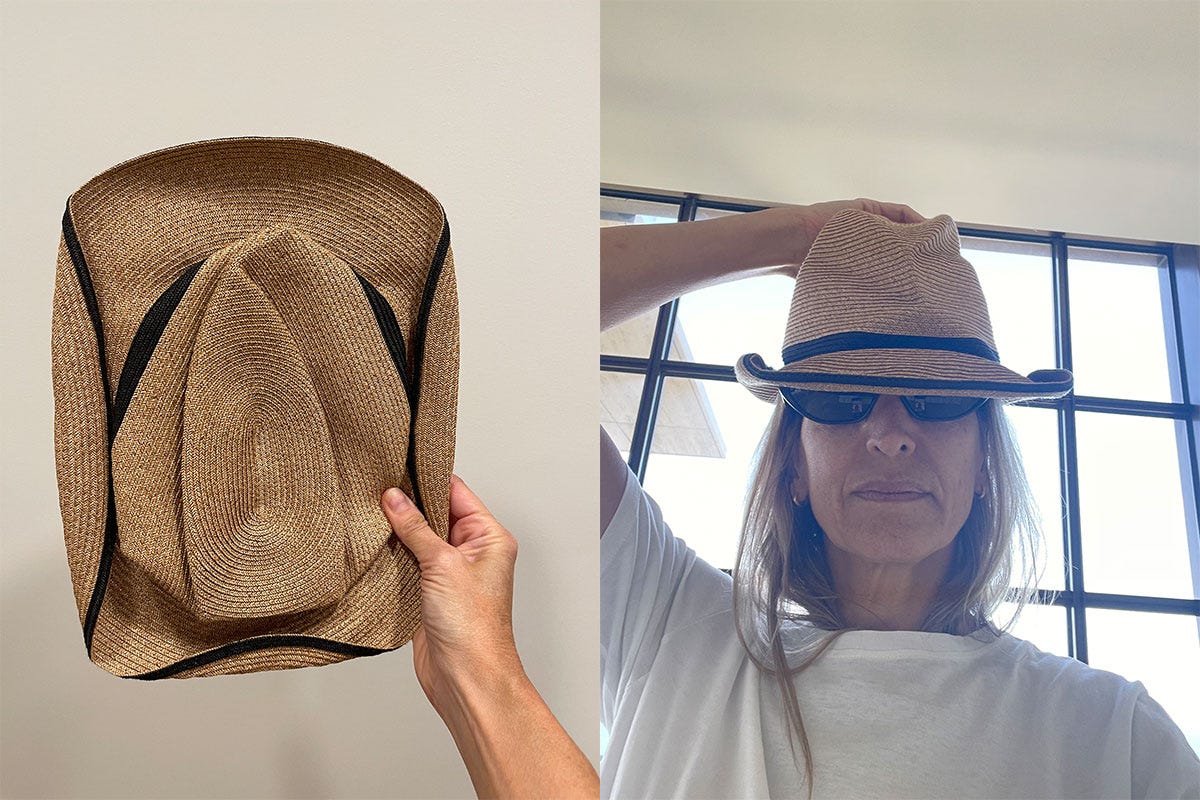
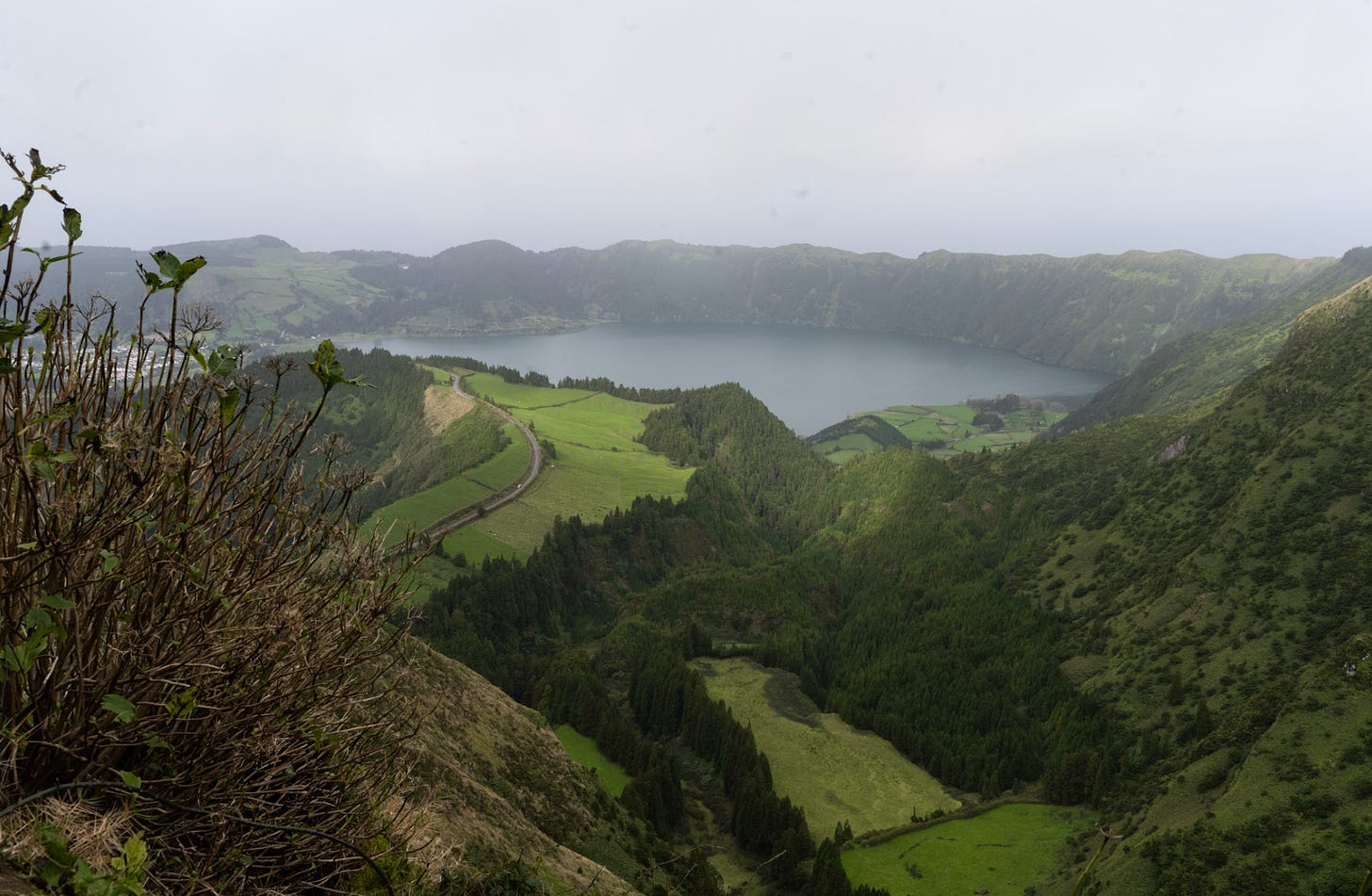
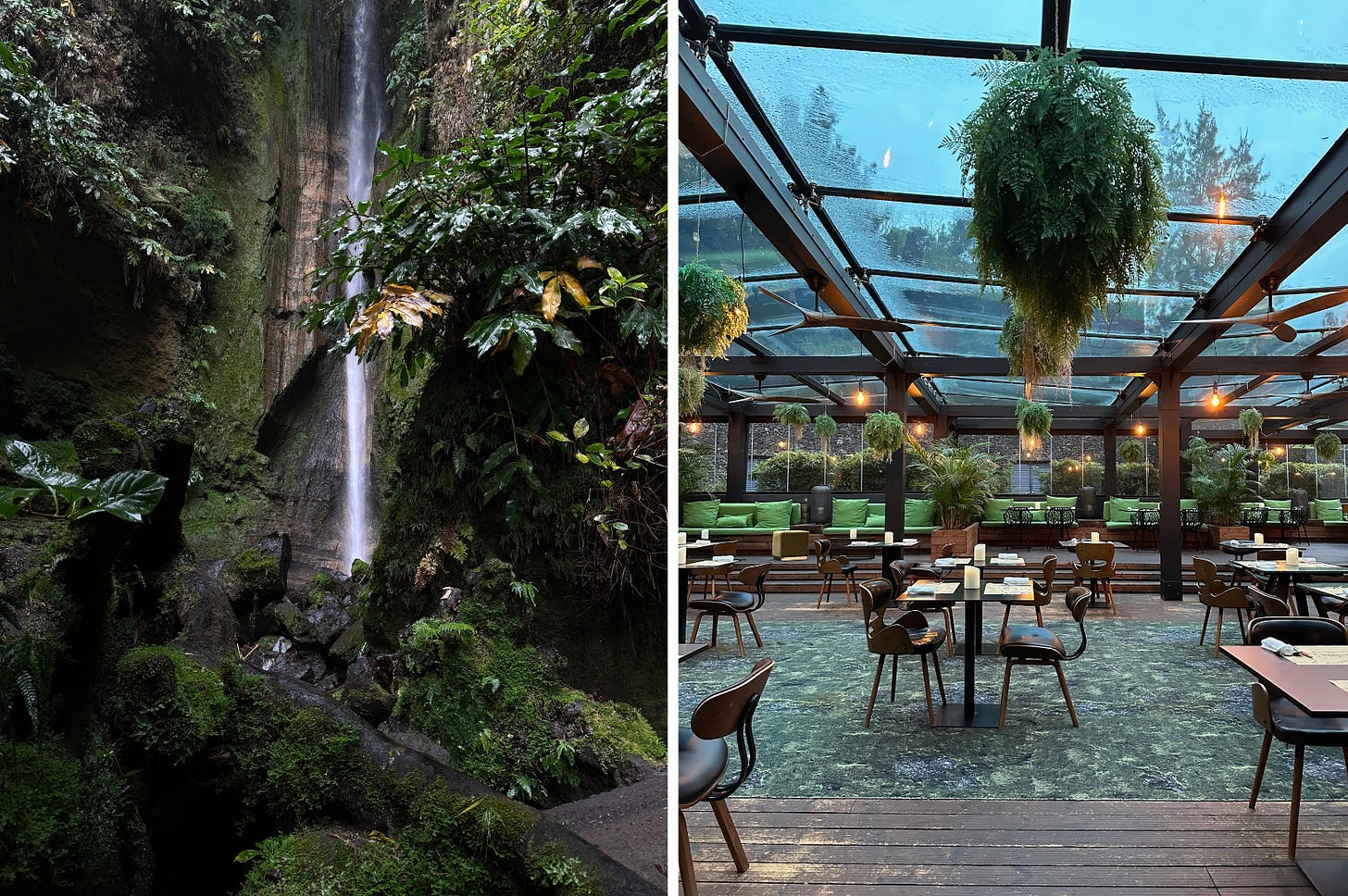
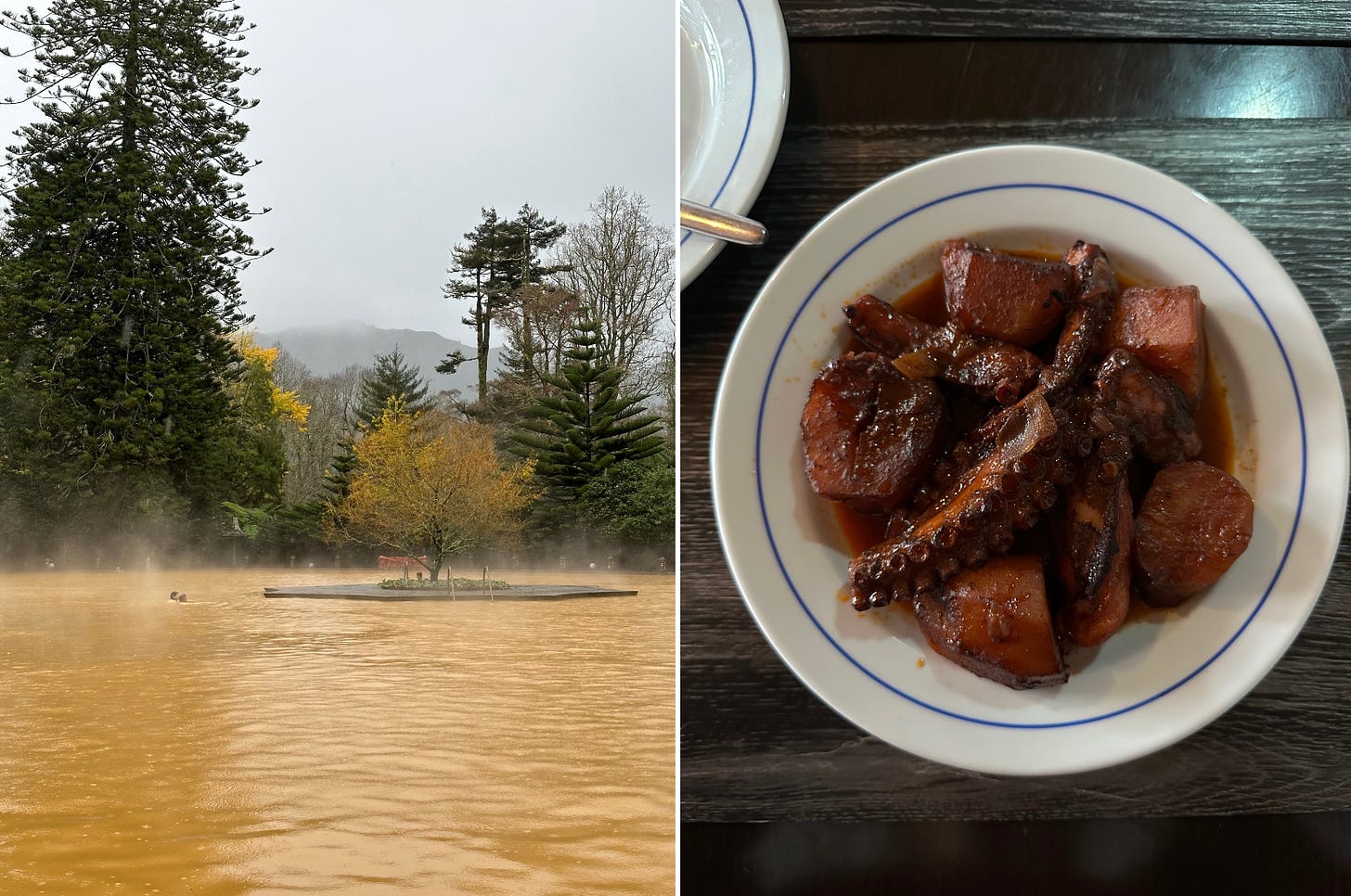
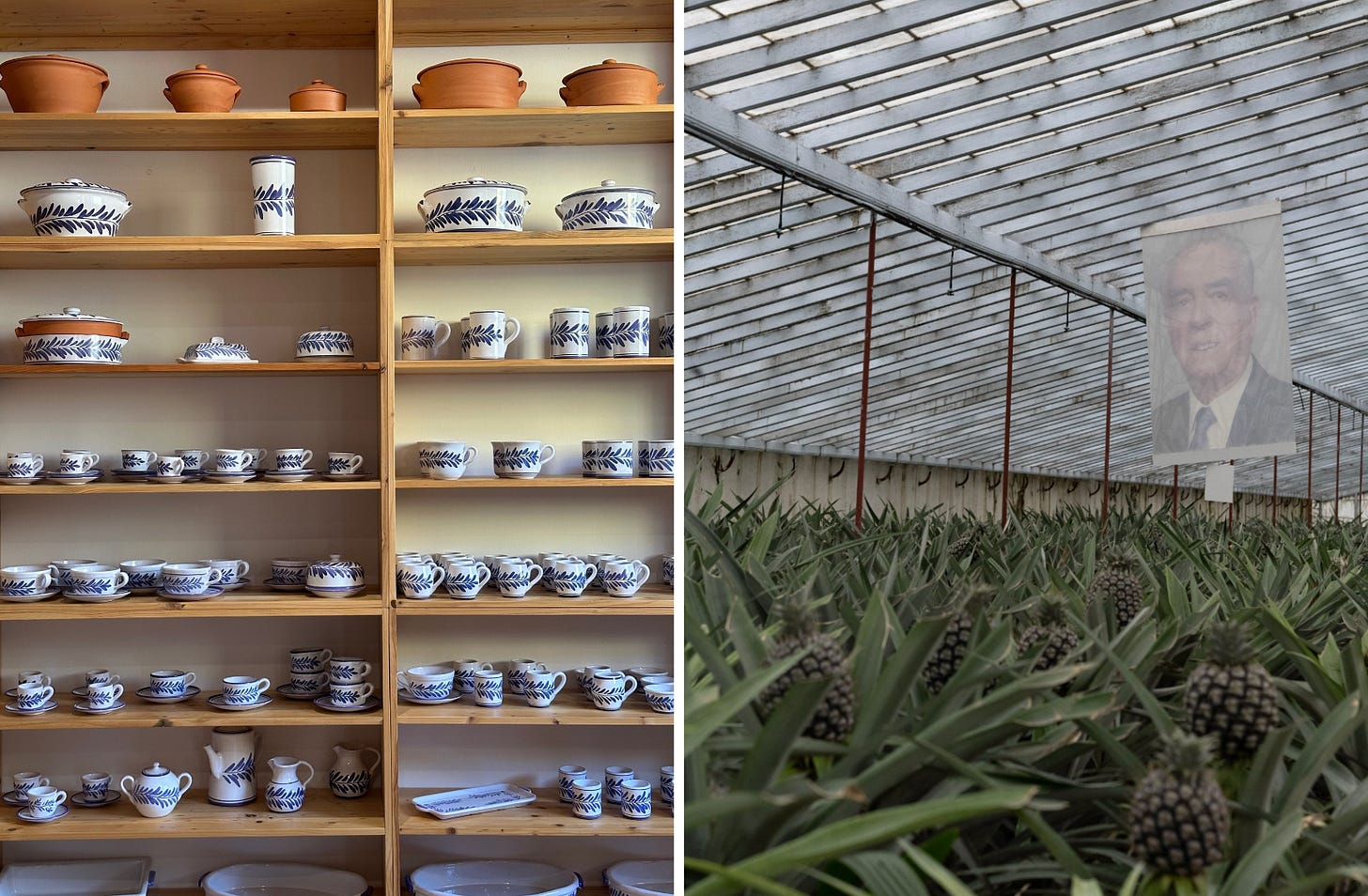
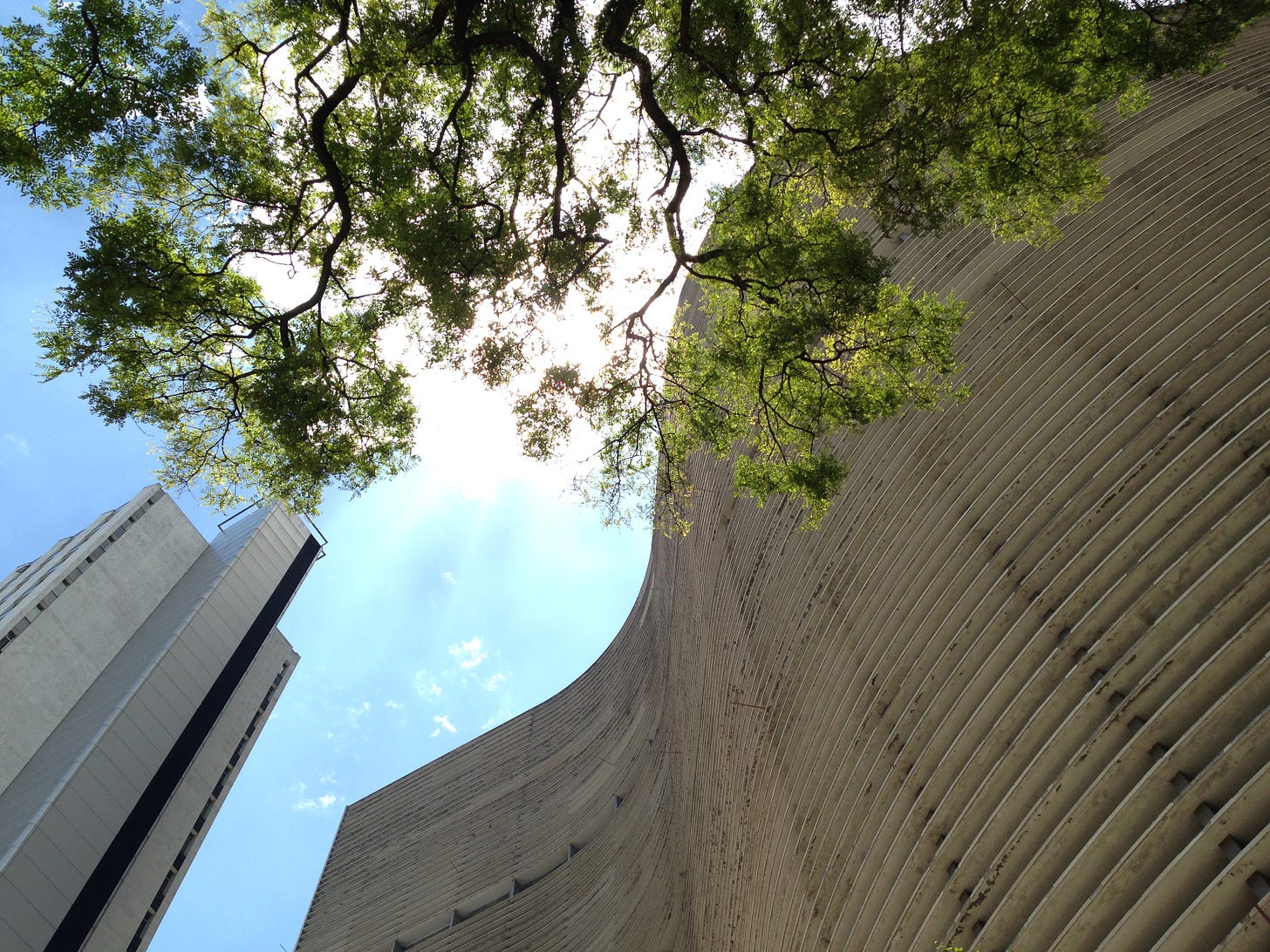

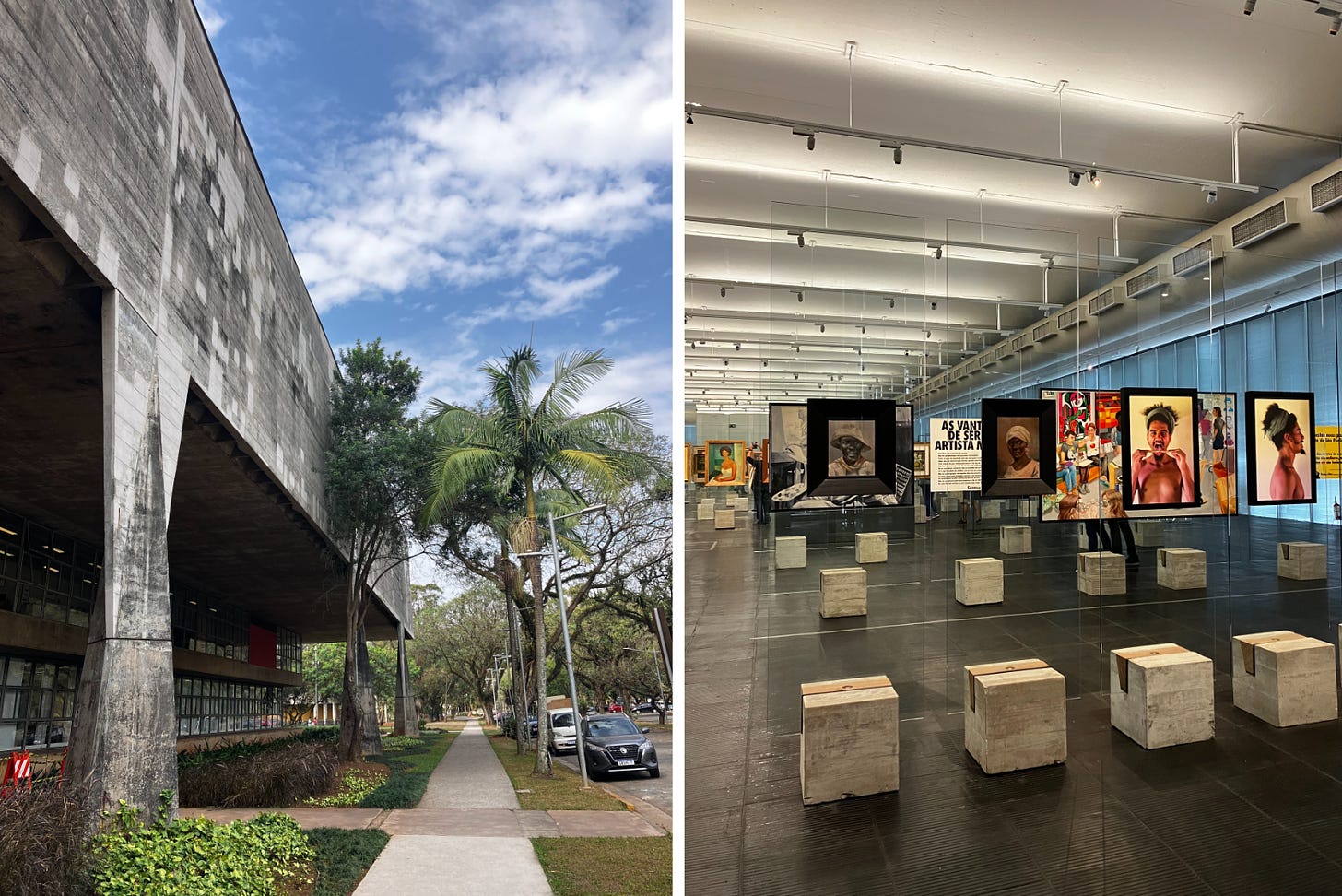

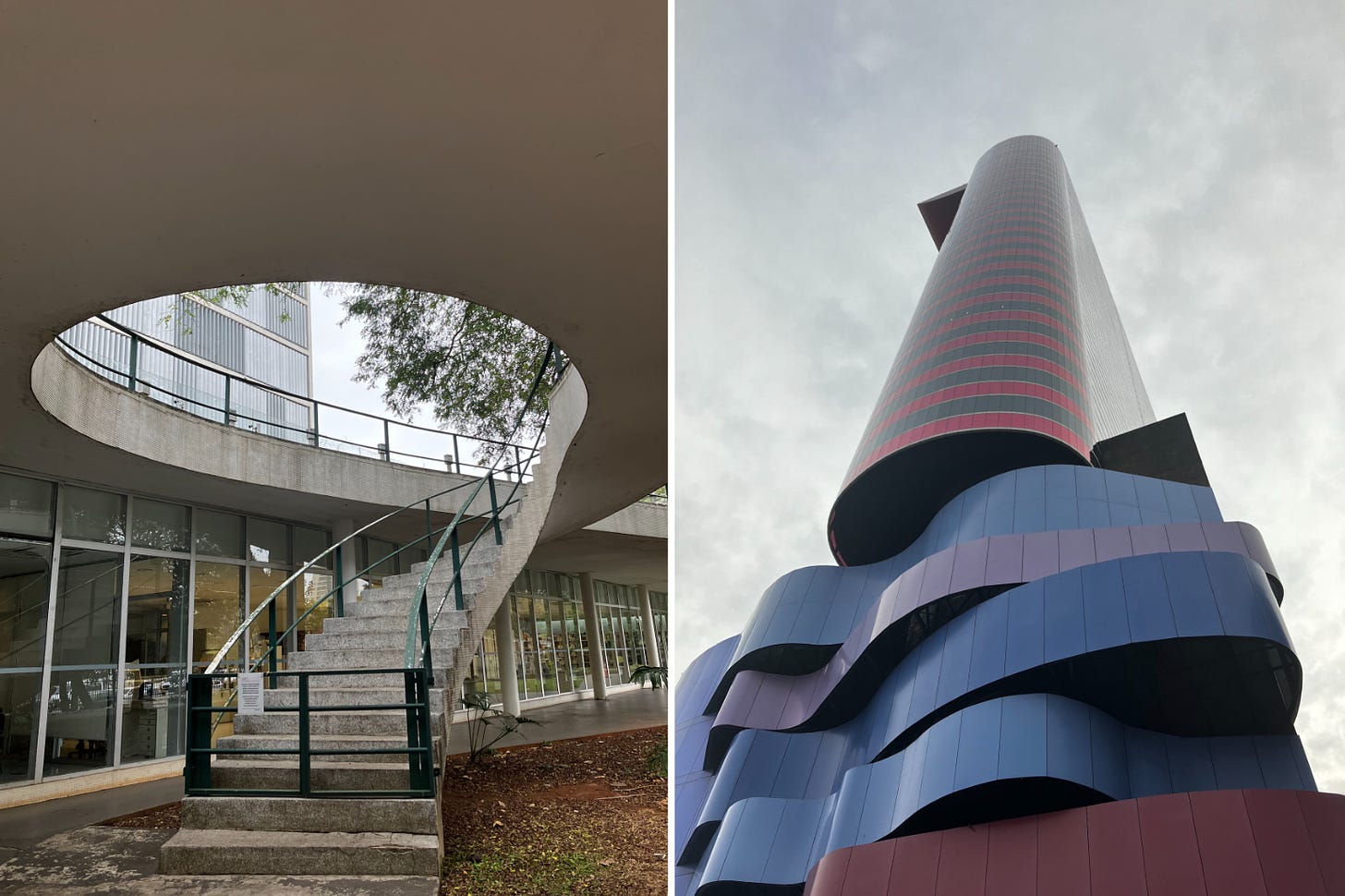
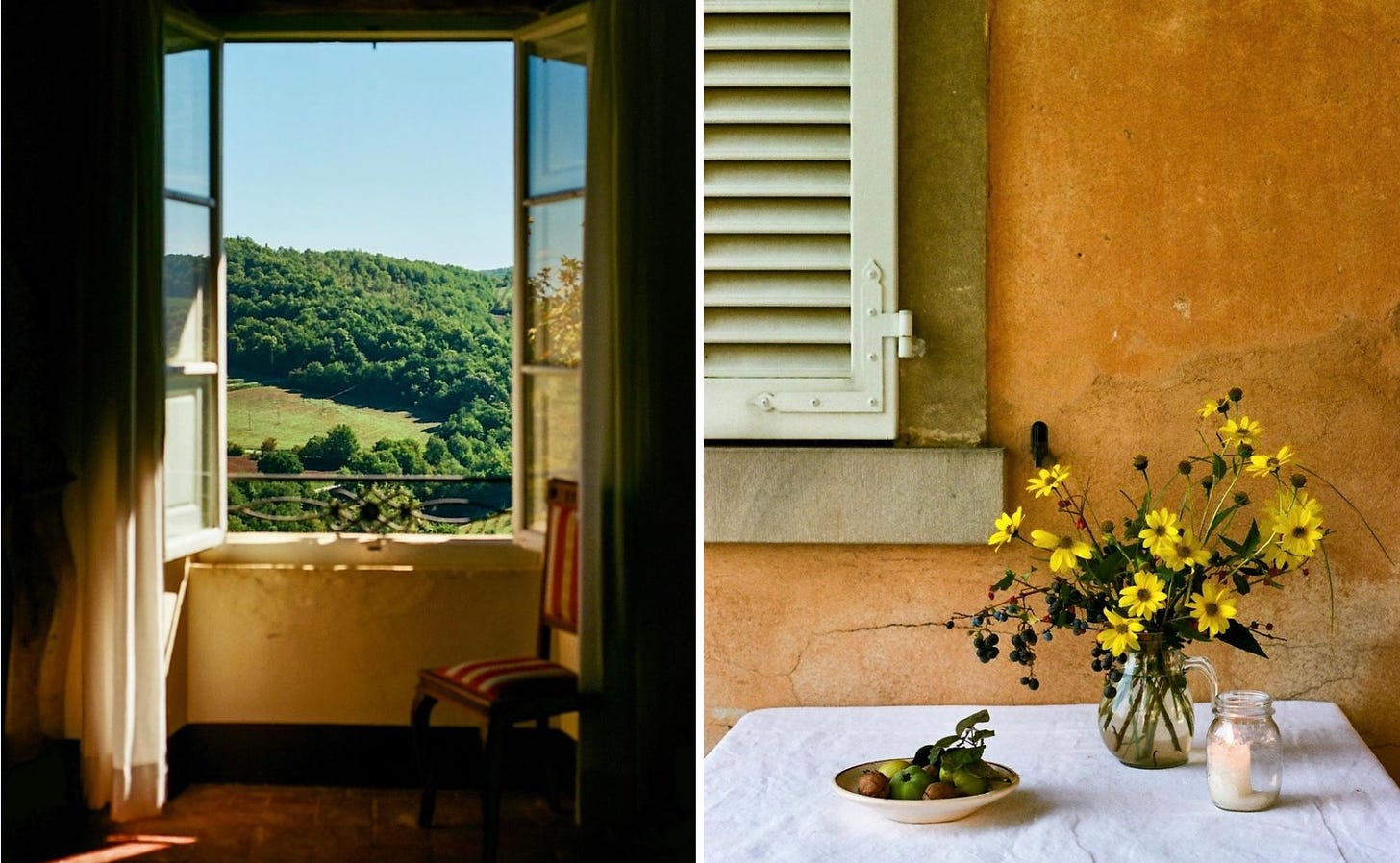
I love reading about how to pack, a minor obsession with me. Still looking for the perfect toiletries bag that doesn’t hog all the space in my Rimowa carryon.
I love Rab's insights — I moved from London to Turkey in 2021 and have loved loved exploring all the corners of this magical country. Can I ask how I would go about pitching a 'Dispatch from...' to you?